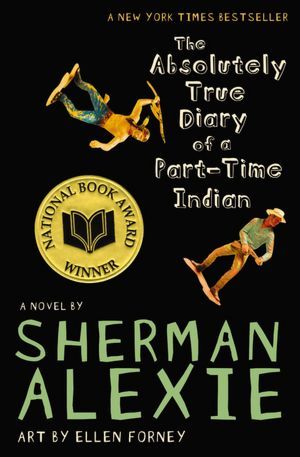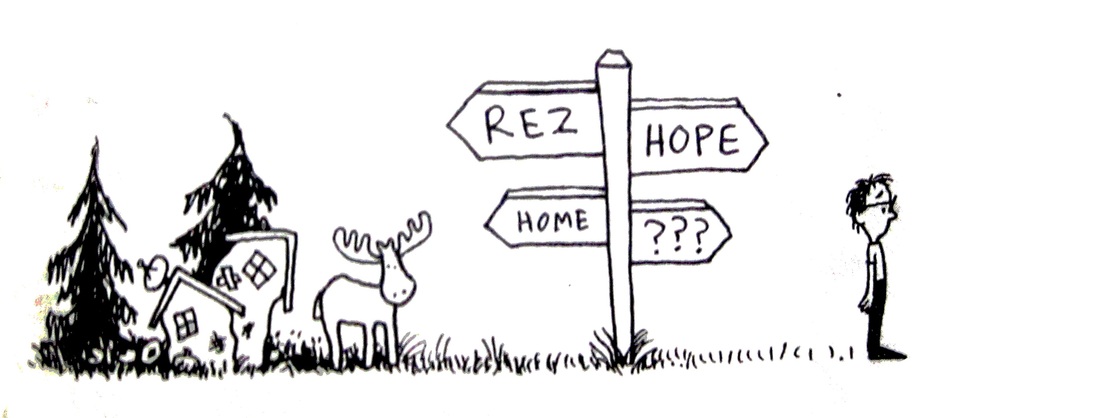
It is simply amazing to me that this book was published in the United Kingdom in 1997. It was then released in the United States on September 1st, 1998. This is the book that started it all...the seven book series, the movies, the theme park, etc. I was five years old when this book was published but I did not discover Harry Potter and all his glory until I was in the fifth grade.
Harry Potter and the Sorcerer's Stone, also referred to in the United Kingdom and some parts of the United States and other countries as Harry Potter and the Philosopher's Stone, is a fantasy through and through. Each book in the series is filled with magical things like; magic, mythical creatures, objects that do not exist in our current world (i.e. invisibility cloak, time-turner, etc.) at least to our knowledge. J.K. Rowling does a spectacular job at detailing the "wizarding world" in all of it's magnificent glory! She does wonders with each character and makes them believable, lovable, multidimensional, and act in a logical manner.
Discussion Questions
1) What was Harry's home life like before finding out about his secret past?
2) Why do you think the magic community allowed him to live with
Muggles for so long? Why not take him in themselves?
3) What are your impressions of Dudley?
4) Why do you think J.K. Rowling depicts the
Dursley's as being so terrible?
5) What are the advantages to Harry not having known how special he is
before he starts school? Disadvantages? What are some of
the instances when Harry acts more like a bumbling
Muggle than a great wizard?
6) What are your first impressions of Hogwarts School?
What about it makes it seem special and different?
7) If you could have one magic companion, what would it be and why?
8) What does it say about Lord Voldemort and his followers when
Quirrell tells Harry that, "There is no good and evil, there is
only power, and those too weak to seek it." (p.291).
9) What event brings Harry and Ron together with Hermione
that makes them such good friends?
10) Consider the professors at Hogwarts, including Dumbledore,
McGonagall, and Quirrell - what does each character stand for?
What does Harry learn from each one?
11) The Harry Potter series is the most popular children's book
series ever written. Why do you think it is so popular?
Why do you think adults and kids both like it?
12) What do you predict might happen in future books?
Why do you feel like that may happen?
What evidence leads you to that conclusion?
Motivational Activities
1) Make-Your-Own Trading Cards: Making trading cards is a great way to have your class practice recalling facts and details, summarizing, establishing sequential order, and presenting work orally. Ask your students to draw pictures of characters, scenes, or events from one of the Harry Potter texts on index cards. On the back of the cards, the children record who, when, where, how, and why details. Encourage them to share their cards in small groups by reading aloud, asking questions, and trading cards.
2) Reader's Treasure Hunt: Challenge students to create literary treasure hunts that send classmates back to the novels to find details. Divide students into several small groups. Give each group ten index cards and a small treasure — something shareable such as jellybeans. Encourage each group to follow these steps to create their treasure hunt:
1. Hide their treasure somewhere in the classroom.
2. Write each letter in the name of the hiding spot on a different index card.
3. On the flip side of each card, write a question about an event or detail from the book. Include the page number.
4. Place cards in a stack with the questions face up and exchange them with another group. 5. Each group works together to answer a set of questions.
6. Then they unscramble the letters to name the spot where the treasure is hidden!
3) Hogwarts Yearbooks: Help students organize and retain what they read by making Hogwarts yearbooks with tag-board covers. Students can divide the books into sections featuring descriptions of each of the characters, both students and faculty, based on details from the books. They can write accounts of significant events and activities such as Quidditch matches and the Halloween feast.
References
Galda, L., Cullinan, B., & Sipe, L. (2010). Literature and the child (7th ed.). Belmont, CA: Cengage Learning.
Rowling, J. K. Harry Potter and the Sorcerer's Stone. Bloomsbury, 1997. Print.






